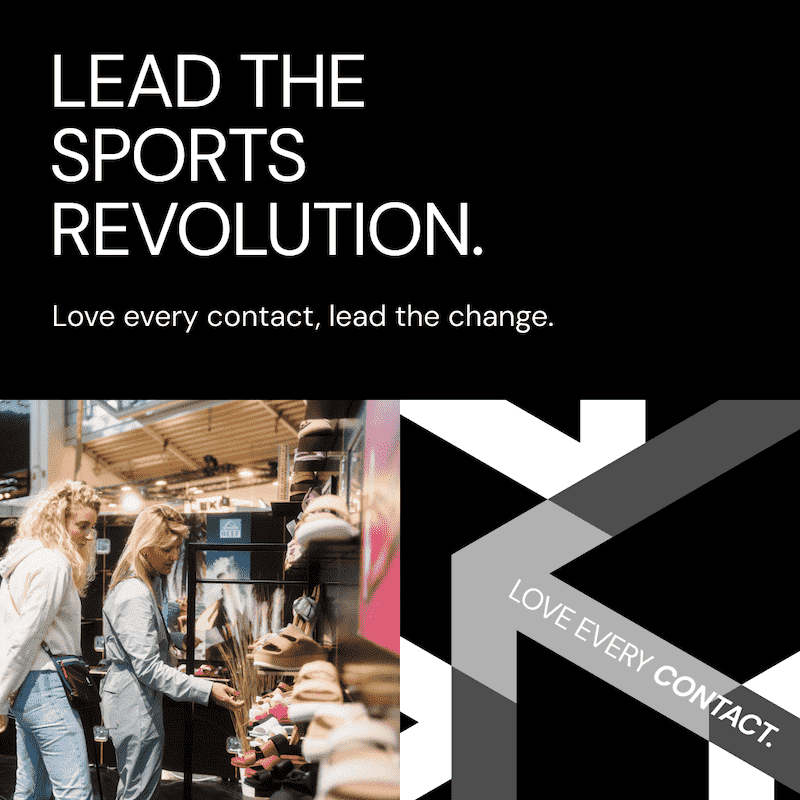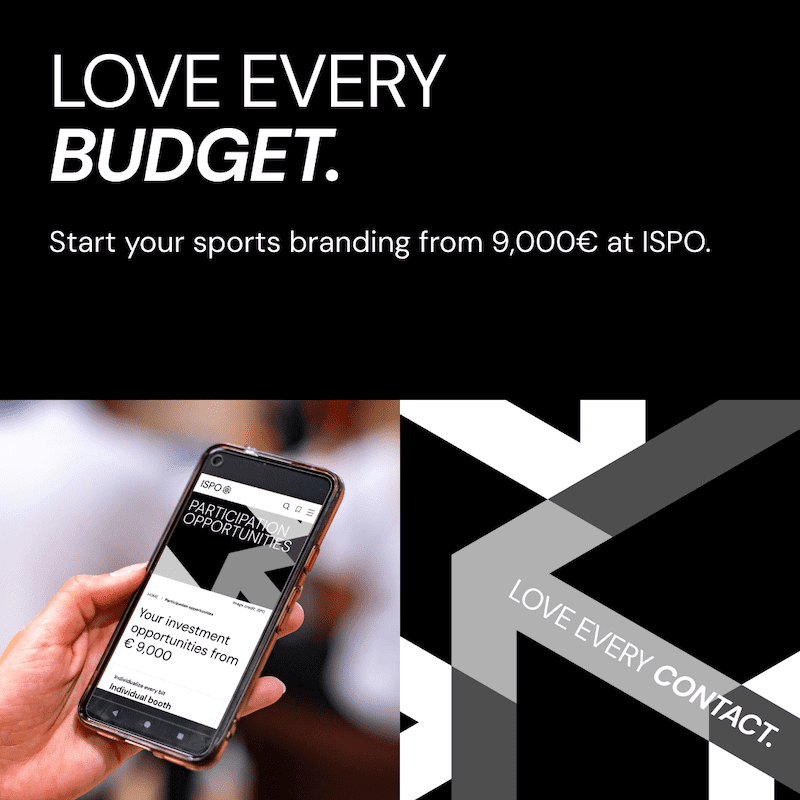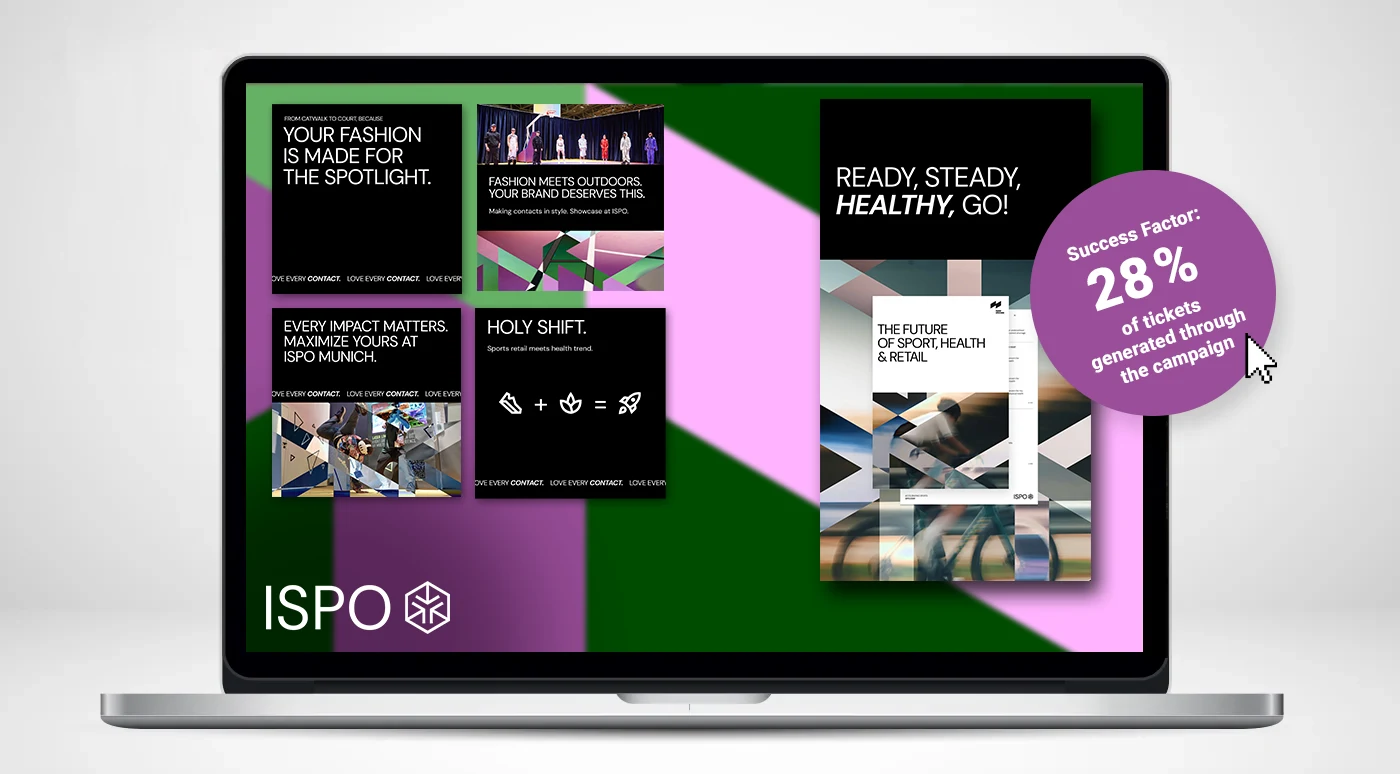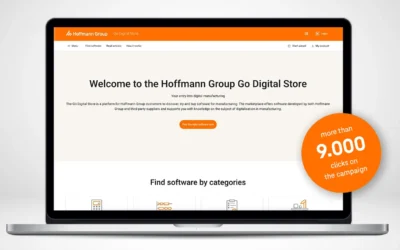Targeted growth through digital relevance.
For the world’s leading trade fair for the sports business in 2025, one thing was clear: a strong presence in the international market requires an equally strong digital strategy. Together with ISPO Sportmesse München, we developed a cross-channel marketing campaign that maximizes reach, increases engagement, and minimizes waste coverage. With a clear goal: to generate potential customers, turn them into leads, and ultimately into concrete bookings.
The challenge: Creating visibility for a niche target group
How can you reach decision-makers from retail, e-commerce, the sporting goods industry, specialist retailers, and online pure players efficiently, digitally, and internationally? With ISPO, Messe München wanted to not only attract visitors but also address key exhibitors. What was needed was an approach that left traditional campaign mechanics behind and focused on data-driven efficiency, creating a platform that would enable sustainable interactions with the relevant target groups within the sports industry.
The solution: ABM meets performance – this is how modern trade show marketing works
The campaign centered on a data-driven, account-based marketing (ABM) approach combined with cross-channel targeting. Instead of relying on broad distribution, we focused on highly precise audience design based on first- and third-party data, geofencing technology, and programmatic context targeting.
This is how we proceeded:
Targeting
- 1st party training data was used to efficiently calibrate Google Ads and meta campaigns with a head start in CPA.
- Geofencing via Meta: We collected relevant audience signals at 35 competitor events. We used this database for audience expansion more cost-effectively and with better performance than Meta’s standard options.
- We developed ABM lists from publicly available exhibitor and member directories of associations and competing trade fairs for targeted use in LinkedIn and programmatic campaigns.
- Third-party target group segments and contextual targeting complemented the strategy. Programmatic in particular achieved outstanding results using B2B-related keywords.
Qualification & lead nurturing
- Development of a multi-stage funnel: awareness, email campaigns, individual approach to qualified contacts.
- Tools such as Leadinfo for identifying and analyzing website visitors and server-side tracking enabled GDPR-compliant, precise attribution.
- CRM integration with Meta & LinkedIn ensured that only qualified leads (with DOI) received the white paper, all embedded in a platform-based user journey designed to connect touchpoints, content, and technologies in a targeted manner.
The result: a digital campaign that sets new standards
The data-driven architecture comprising targeting, touchpoints, technology, and content paid off at every level.


KPIs at a glance:
- 28% of ticket sales were influenced.
- 50% lower CPO compared to the previous year’s campaign; acquisition costs per sale fell significantly.
- Programmatic advertising was by far the most efficient channel (CPO in the low double digits).
- Google Ads, on the other hand, achieved significantly higher CPOs (four digits), which necessitated a massive budget reallocation.
- (excl. brand bidding keywords)
What was particularly impressive:
- Thought Leader Ads performed significantly better than traditional advertising media.
- Geofencing via Meta: 110,000 target individuals identified at 35 events; CPO was 18% lower than with other targeting options.
White paper lead generation on Meta outperformed LinkedIn’s MQL benchmarks through DOI mechanics and direct CRM integration.
We used the following services
Analytics & BI
Strategy & Conception
Design, UX, Conversion
Content & Editing
Development & CMS
Marketing & Promotion
Testimonial
“With The Digitale, we have not only had an agency at our side, but also a strategic sparring partner who understands our target groups, thinks in a data-driven way, and delivers measurable results. The ISPO campaign set new standards, both in terms of efficiency and the depth of the target group approach.”




